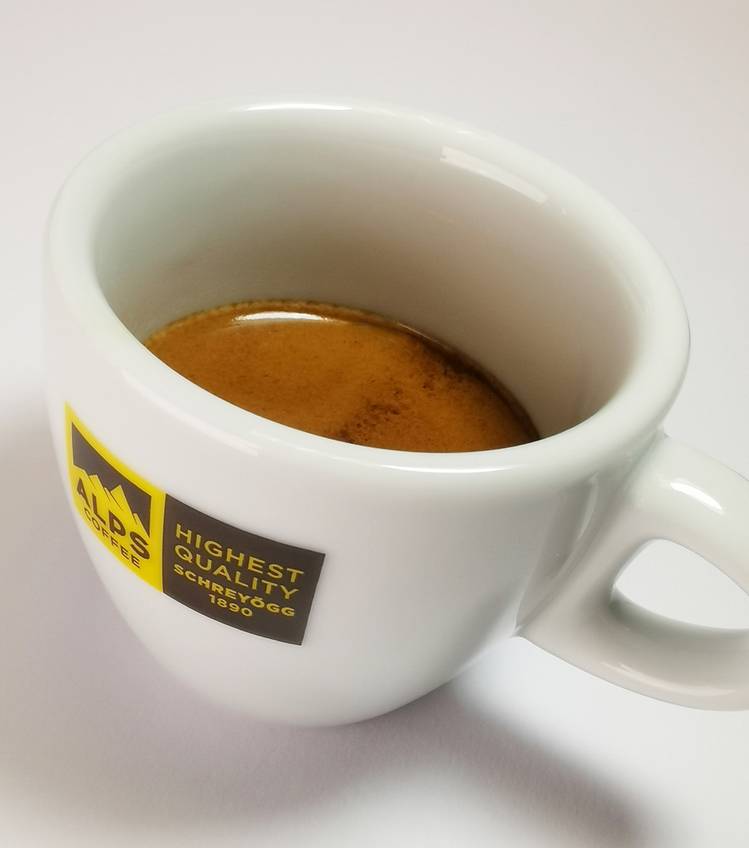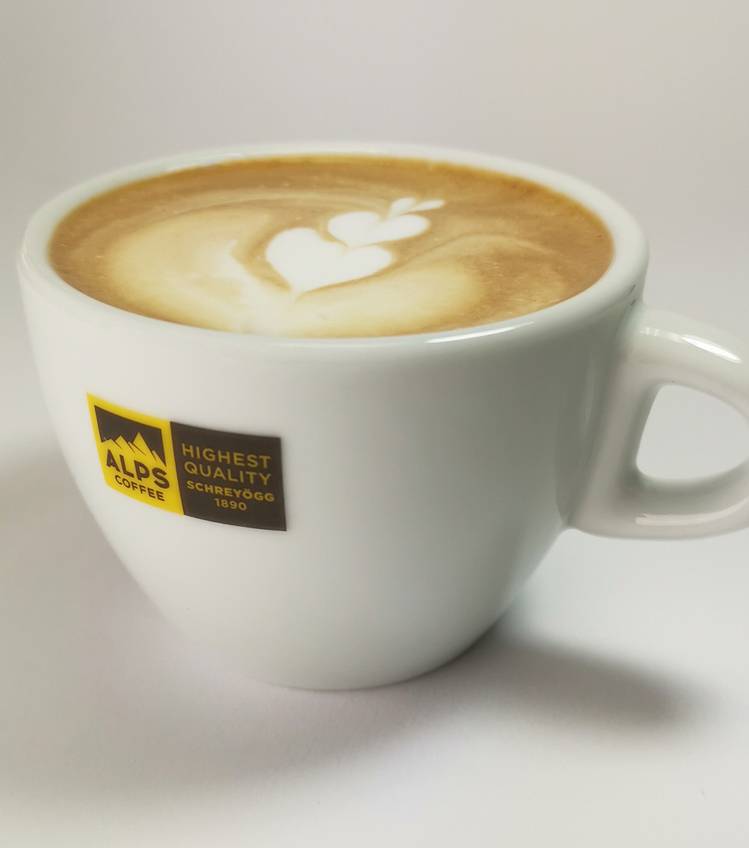You are using an outdated browser. To have the best experience use one of the following browsers:
IT ALL DEPENDS ON THE RIGHT DRINKING VESSEL
It is no secret that the material, shape and size of a cup influence the coffee drinking experience. So in order to create a perfect coffee experience you should not only focus on the right type of preparation, but also on the adequate drinking vessel. The people in charge at Coffee Roasting Company Schreyögg have long been working on this … read more
It is no secret that the material, shape and size of a cup influence the coffee drinking experience. So in order to create a perfect coffee experience you should not only focus on the right type of preparation, but also on the adequate drinking vessel. The people in charge at Coffee Roasting Company Schreyögg have long been working on this question, because there are infinite numbers of shapes, but sometimes the design focuses more on effective presentation rather than on perfect enjoyment. Only the choice of the material is uncomplicated, since porcelain is the most suitable material for a coffee vessel. Nowadays a good cup must be dishwasher- safe, i.e. have convincing impact resistance and strong edges; apart from that, it should, of course, have the right fit, it should feel as perfect as possible in the hand. For better storage it should be stackable and in the catering industry it should be possible to place it on the cup warmer of the coffee machine. The crema of an espresso suffers considerably in a vessel of the wrong temperature, which affects its velvety, creamy characteristics.
The ideal material and the right properties
The most popular material for coffee cups is porcelain, because it has uniform temperature behaviour, and is hard, acid- and alkali-resistant as well as neutral in taste. Its good insulation properties ensure that the coffee does not cool down too quickly. Since porcelain also has good thermal storage properties, so that the heat is not emitted, your hands are well protected from the hot beverage. Glass is also very trendy, not only because of its aesthetic attraction. The experienced barista wants to prove his LatteArt skills, and the attractive play of the colours of the coffee, and the crema can be presented most effectively in the glass.
What are the effects of the size and shape of the cup on the coffee?
There is an ideally shaped cup for every coffee specialty. An espresso cup should have slightly thicker walls and the beverage should keep warm as long as possible, with an opening which is not too large, because this reduces the surface tension making the crema last longer. In a cup with a straight bottom the crema will break, while a uniform, stable crema will form in a rounded cone-shaped cup. Due to the fluffy consistency of the milk froth cappuccino needs a special thick-walled cup, which stores the heat. To be able to raise the espresso better while pouring the milk froth we recommend a shape which is slightly wider towards the top. This also allows you to apply special pouring techniques more easily, and LatteArt patterns will be admired at their best. Latte macchiato with a lot of milk foam, however, looks best in a high glass through which you can watch the espresso sink.
But basically the following rules of thumb apply to all coffee specialties:
- Preheating the cups is extremely important.
- The height of the cups should be such that they fit comfortably under the outlets of portafilters and fully automatic coffee machines; many automatic coffee machines have height-adjustable outlets.
- Coffee-to-go paper cups are meant for quick consumption and cannot keep the coffee warm due to their properties.
- There are special cups of different sizes and shapes, made of the most varied materials, for keeping your coffee warm while you are on the go.
close



